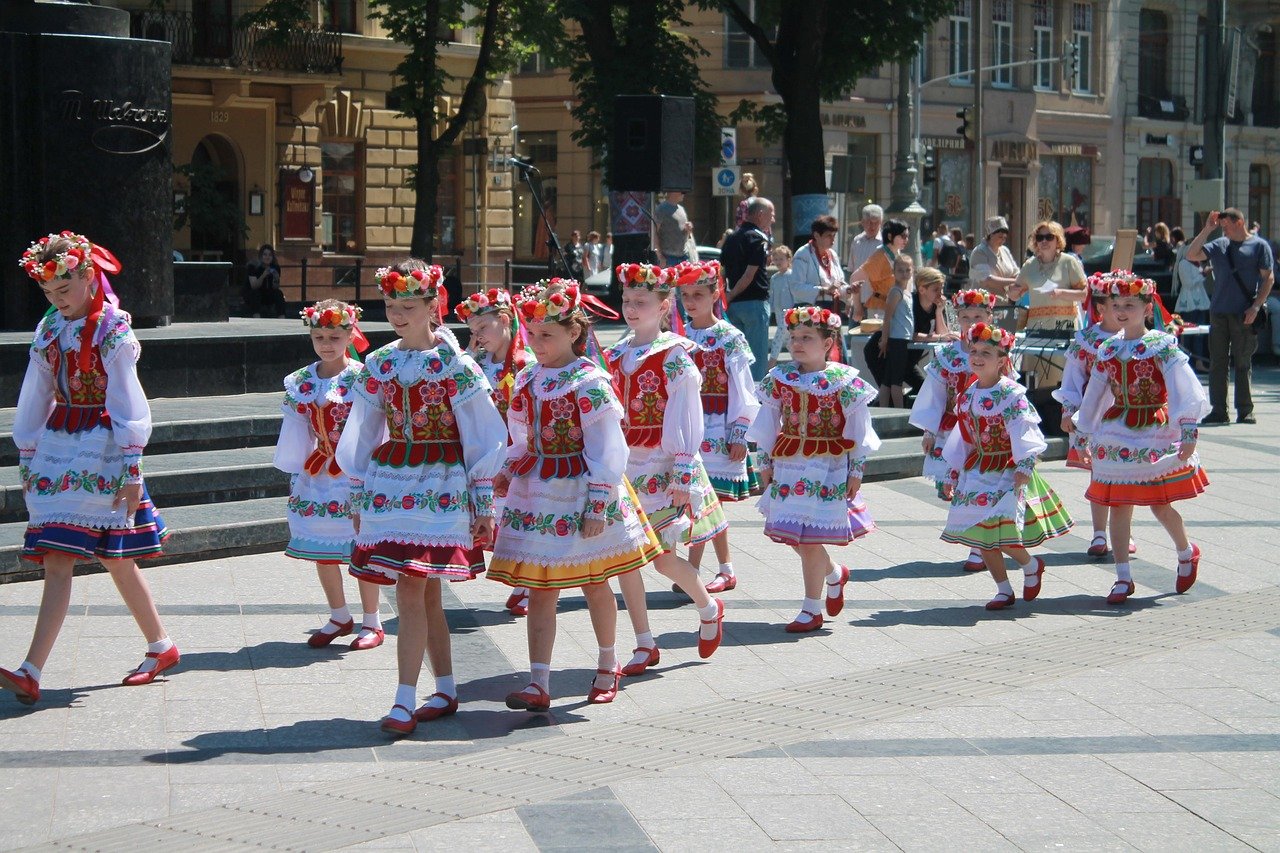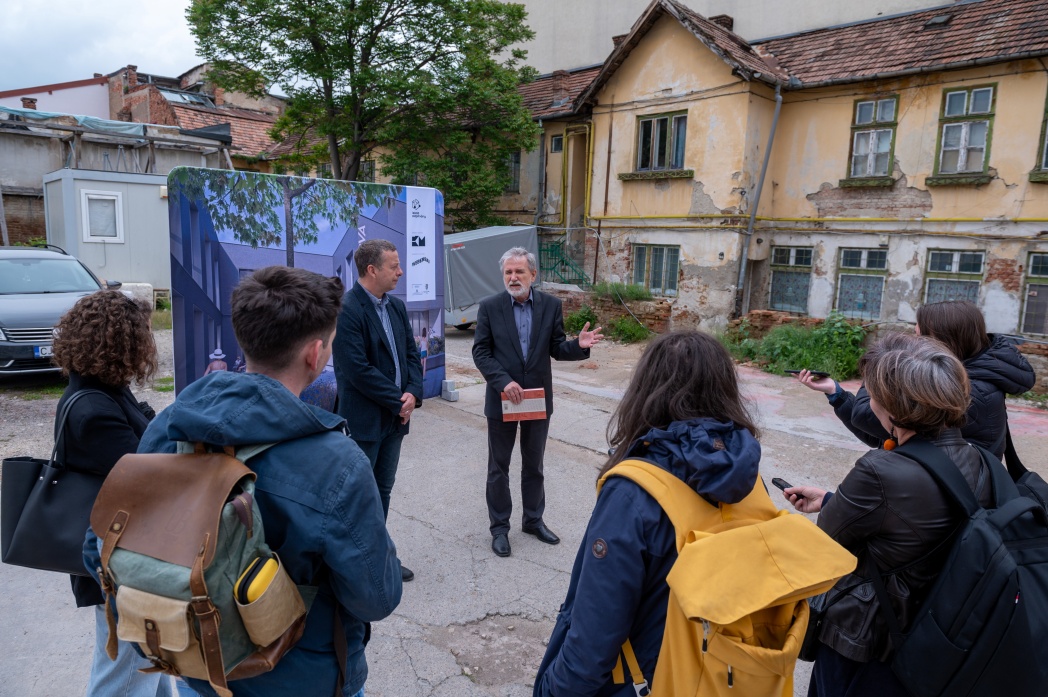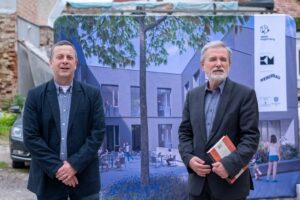
197 applications were valid and all of them will be supported by the government.Continue reading

After several years of litigation, construction of the Minerva Cultural Center in downtown Cluj-Napoca (Romania) can begin next week. The contemporary arts and education space will be built with support from the Hungarian Government, the initiators announced on Thursday in Kolozsvár.
At a press conference held at the site, Zoltán Nagy, president of the Iskola Alapítvány (School Foundation), which is implementing the project, and Zoltán Tibori Szabó, President of the Minerva Association, which has been in litigation with the Romanian state for more than ten years over the downtown property, jointly announced the plans.
Nagy said:
A decades-long dream is coming true with the laying of the foundations for this new Hungarian cultural institution and the realization of the investment. The total gross area of the building under construction is 3,100 square meters, with an estimated budget of approximately 8.17 million euros (3.3 billion forints), which will be provided by the Hungarian Government. It is expected to be completed by the end of 2027.
He recalled that the 1,320-square-meter downtown plot was purchased in 2008, but because several neighbors refused to give their consent to the construction, there were years of litigation. All lawsuits were won, and after obtaining the building permit in March, construction is set to begin next week.

Zoltán Nagy (left), President of the School Foundation implementing the project, and Zoltán Tibori Szabó, President of the Minerva Association, speak at the press conference in Cluj-Napoca. Featured photo: MTI/Gábor Kiss.
The building complex was designed by Atelier FKM in Cluj-Napoca and will be built by Weberbau. It will consist of three blocks, with a five-story building on Brassai Street, with two underground parking levels and offices and alternative educational spaces, as well as a planetarium on the upper floors. The block on Dávid Ferenc Street will house a café, guest rooms, and studios, and the historic facade and 18th-century cellar will be restored. The rear courtyard block will feature a contemporary exhibition space and conference room, while the basement will be used as a storage facility for preserving and processing the museum’s collection.
Nagy told MTI that the building complex will also be available for use by other Hungarian cultural organizations, and that they would like to integrate it into the cultural life of Cluj-Napoca as a community space. A team of curators will also be set up to run the contemporary exhibition space.
Journalist and university professor Zoltán Tibor Szabó outlined the history of the downtown plot of land that was reclaimed from the Romanian state by the Minerva Association and then sold to the School Foundation. He said that in 1919, the Hungarian community of the city decided to establish a printing press on the Brassai Street site in preparation for the annexation of Transylvania to Romania, so that Hungarian textbooks could be printed there.
Here, 653 people from Transylvania pooled their money and established the Minerva Literary and Printing Company, which operated until 1948, when it was nationalized. It served the civil society but was registered as a joint-stock company, because at that time there was no law in Romania allowing the establishment of foundations.
With the purchase of new land, the growing business came to occupy three streets in the city center. During its 28 years of operation, it published nearly 3,000 works of fiction, 274 textbooks, and 55 press products, including daily and weekly newspapers, and magazines with a circulation of millions.
It had a magazine called Pásztortűz (Shepherd’s Fire) and a weekly newspaper called Magyar Nép (Hungarian People) distributed throughout Transylvania, and published books in a number of fields. It also supported artistic activities, ran an exhibition space, and housed the studios of sculptor Jenő Szervátiusz and painter Sándor Szolnay.
Zoltán Tibori Szabó said that after it became possible in 2005, for national minority communities to reclaim their confiscated property, they filed a lawsuit for the ownership of Minerva, which has been ongoing for 20 years. The downtown plot with its five dilapidated buildings was returned in 2009, and the School Foundation is building a contemporary art and community space on it, commemorating the activities of the Minerva community.
There is a past on which we can build a strong future,”
said Szabó, expressing his hope that the rest of Minerva’s properties will also be reclaimed in the future.
Via MTI, Featured photo: MTI/ Kiss Gábor